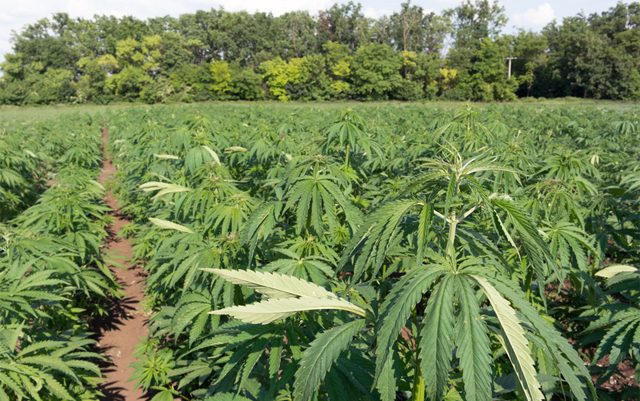Despite what you may think of when reading the title of this piece, I’m not talking about “legalization” as an abstract policy concept; I’m talking about the proposing, voting on and implementation of cannabis legalization in a specific state.
We’ll use New York as an example. By all accounts, the state of New York is on the precipice of approving recreational marijuana legalization. If all goes well, the legislature will pass a legalization bill and the Governor will sign it, kicking off a series of deadlines and meetings leading up to implementation.
But it’s not that simple. From The Associated Press:
While there’s broad agreement on the idea of legalization, there’s no consensus on a long list of details that must be figured out first.
Taxes and regulations must be approved. Rules for licensing retailers must be written. A new government entity may have to be created. Local governments will have to be brought in. Even after a bill passes, it could take a year or more for any pot shops to open, based on what’s happened in other states and New York’s own experience with medical marijuana.
It seems like a forgone conclusion that it takes a couple of years to pass and enact a legalization measure. It seems much of this delay comes from the still deep-seated belief held by many that cannabis is a dangerous substance that needs to be tightly restricted and heavily regulated, lest it get loose and destroy the very fabric of our society.
Things learned early are hard to forget. I remember D.A.R.E. I remember being pummeled verbally for a few years about how marijuana use leads to all manner of degeneracy and health problems. The remnants of the stigma around cannabis cause many to believe that legalization should be a few hundred pages of regulations covering every possible aspect of a theoretical industry; something that contains a clause for every contingency.
But what if it’s not? What if a state government just outlines what needs to happen, lets an industry develop, then reacts accordingly?
Yes, I know, that will lead to a “wild wild west” (an over-used phrase if ever there was one) of marijuana. Adults will be buying marijuana willy-nilly all over the place. And my question is: so what?
California was the “wild wild west” of marijuana for 20 years, and what happened? A lot of people grew, sold and consumed marijuana legally. That’s it. No one overdosed and died from marijuana. Millions of patients had better lives because they had easier access to their medicine. Yes, the horror…the horror.
It’s not like a simpler approach isn’t possible with cannabis law reform. Look at Oklahoma. I’ve covered the state quite a bit on our video show Cannabis News and things are moving really fast there. After what most would deem a rocky start, the medical marijuana program in Oklahoma has gone from non-existent to in place and showing explosive growth in the space of 6 months. And what will happen in Oklahoma? A lot of people will grow, sell and consume cannabis legally. Tens of thousands of patients will find relief.
The horror.







In our area the news is now reporting on the repurposing of the K9 units in the wake of potential legalization of cannabis. Our co u th sherrif is completely against legalization and has gone as far as to.say that people will die as a direct result of legalization
https://www.wktv.com/content/video/504562262.html
Hell, they can send all those nazi dogs down here to Tennessee. I’m sure they will be retired before we ever see legal adult use in the Volunteer(forillegalsearchandseizure) state. And if there is one thing law enforcement down here loves, it’s their hit-on-command and ruin your life, nazi dogs!